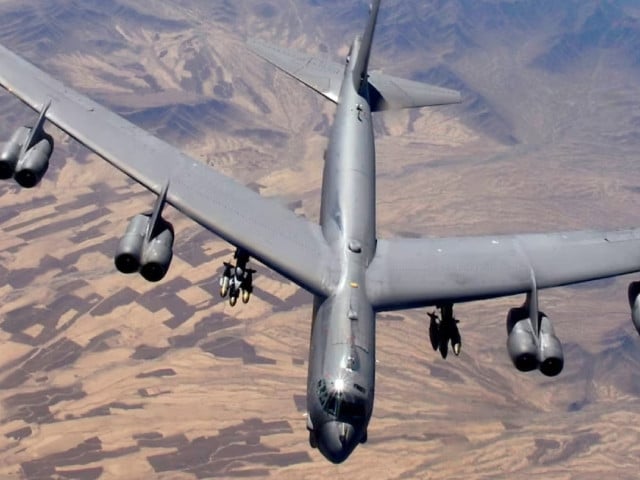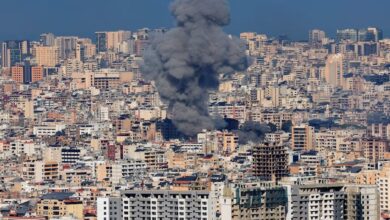The United States has announced the deployment of B-52 bombers, fighter jets, refueling aircraft, and Navy destroyers to the Middle East as the Abraham Lincoln carrier strike group prepares to leave the region.
This military repositioning reflects ongoing concerns about regional instability, particularly involving Iran and its proxy groups.
Pentagon spokesperson Air Force Major General Patrick Ryder stated that the deployment underscores the flexibility of US military operations worldwide.
He said that should Iran or its affiliates target American personnel or interests in the region, the US would take all necessary measures to protect its forces.
The deployment follows a year marked by escalating tensions since the outbreak of the Israel-Hamas war in October 2023.
The US had maintained up to two aircraft carriers in the region during this period.
With the Lincoln’s withdrawal, a gap will emerge until a replacement carrier arrives, raising concerns about US naval presence in the area.
Tensions have intensified recently, with exchanges of fire occurring between Israel and Iran.
Israel is concurrently engaged in military operations against Hamas in Gaza and Hezbollah in Lebanon, and has also conducted strikes against Houthi forces in Yemen after coming under attack.
The U.S. has reaffirmed its commitment to defend Israel and protect its military personnel in the Middle East, who have faced threats from Iran-backed groups in various countries.
As part of this support, President Biden has authorized the deployment of advanced missile defense systems, including the Terminal High-Altitude Area Defense (THAAD), alongside approximately 100 US troops to assist in operating the system.
Biden detailed these military adjustments in a formal letter to congressional leaders, emphasizing the US’s unwavering support for Israel’s security amid heightened threats.
He noted that the THAAD system, which arrived in Israel recently, is designed to intercept ballistic missile threats, further reinforcing Israel’s defenses.
The situation escalated after Iran launched a significant missile attack on Israel, responding to earlier Israeli actions that resulted in the deaths of high-ranking Iranian and Hezbollah officials.
Despite this, US and Israeli defense systems successfully intercepted many of the missiles, preventing civilian casualties within Israel.
Prime Minister Benjamin Netanyahu assured Biden that any forthcoming Israeli attacks would focus on military targets rather than sensitive infrastructure, such as nuclear or oil facilities.
The strategic deployment of THAAD and other military assets illustrates the US’s commitment to bolstering Israel’s defenses while simultaneously seeking to avoid broader regional conflict.
Recent Israeli attacks in southern Lebanon and northern Gaza have drawn international concern regarding civilian safety.
As US involvement in the region deepens, the implications of these military maneuvers extend beyond immediate security, potentially affecting global stability and the upcoming US presidential election, where foreign policy remains a contentious issue.
The deployment of THAAD, part of a broader US military support package, reflects the expectation of ongoing conflict and the need for defensive measures against Iranian aggression.
This latest chapter in US-Middle East relations underscores the delicate balance of military preparedness and diplomatic restraint as tensions continue to mount.







